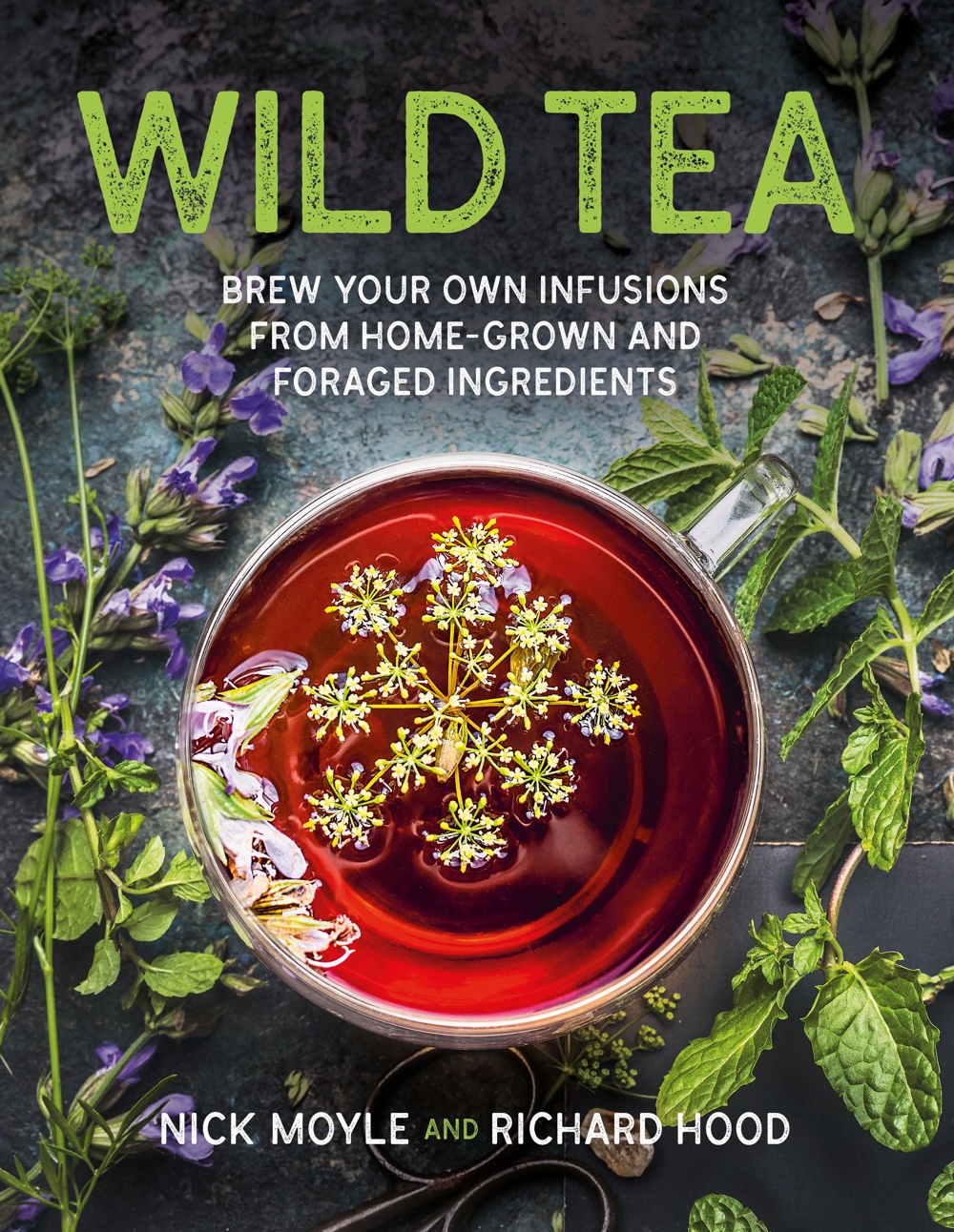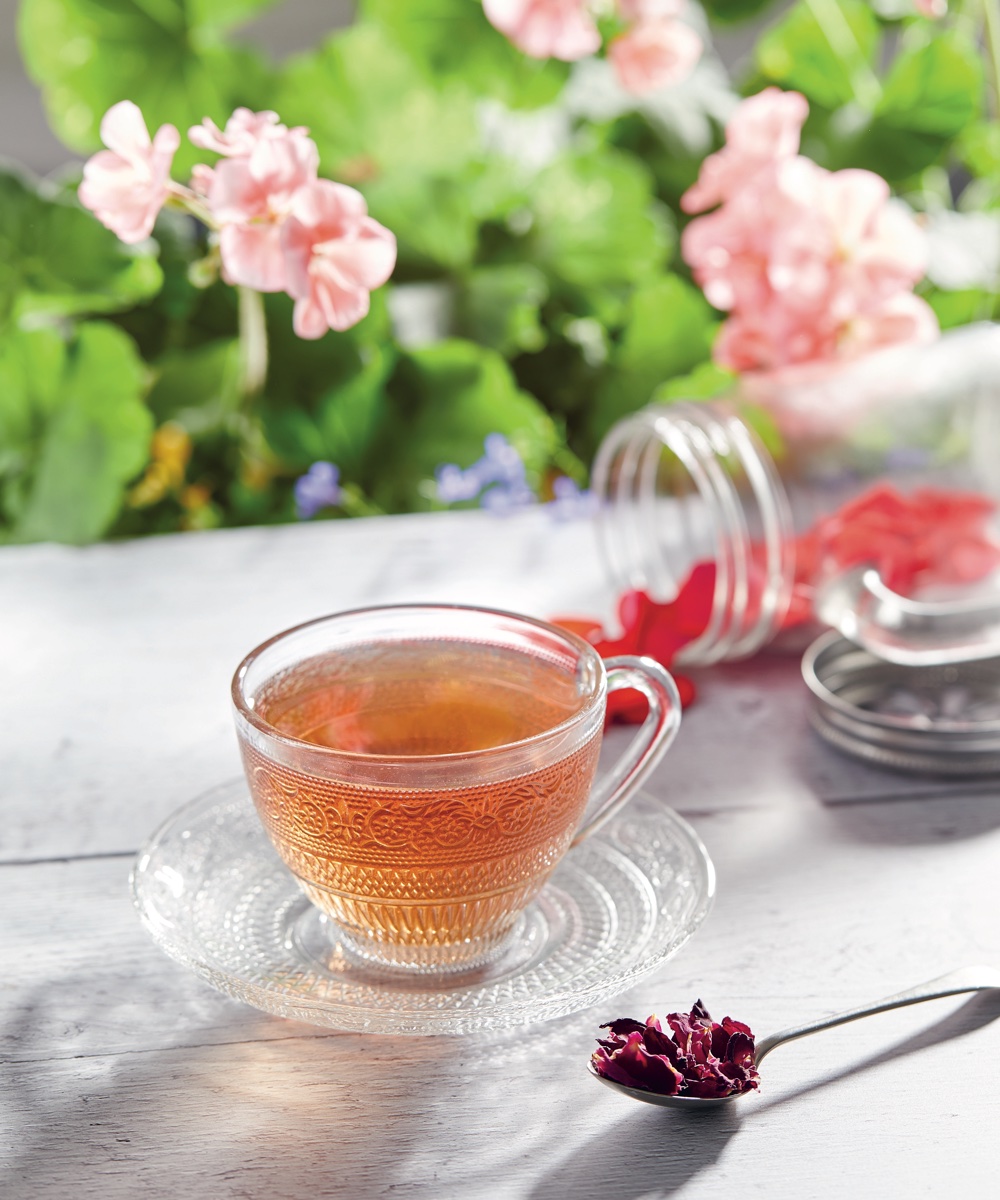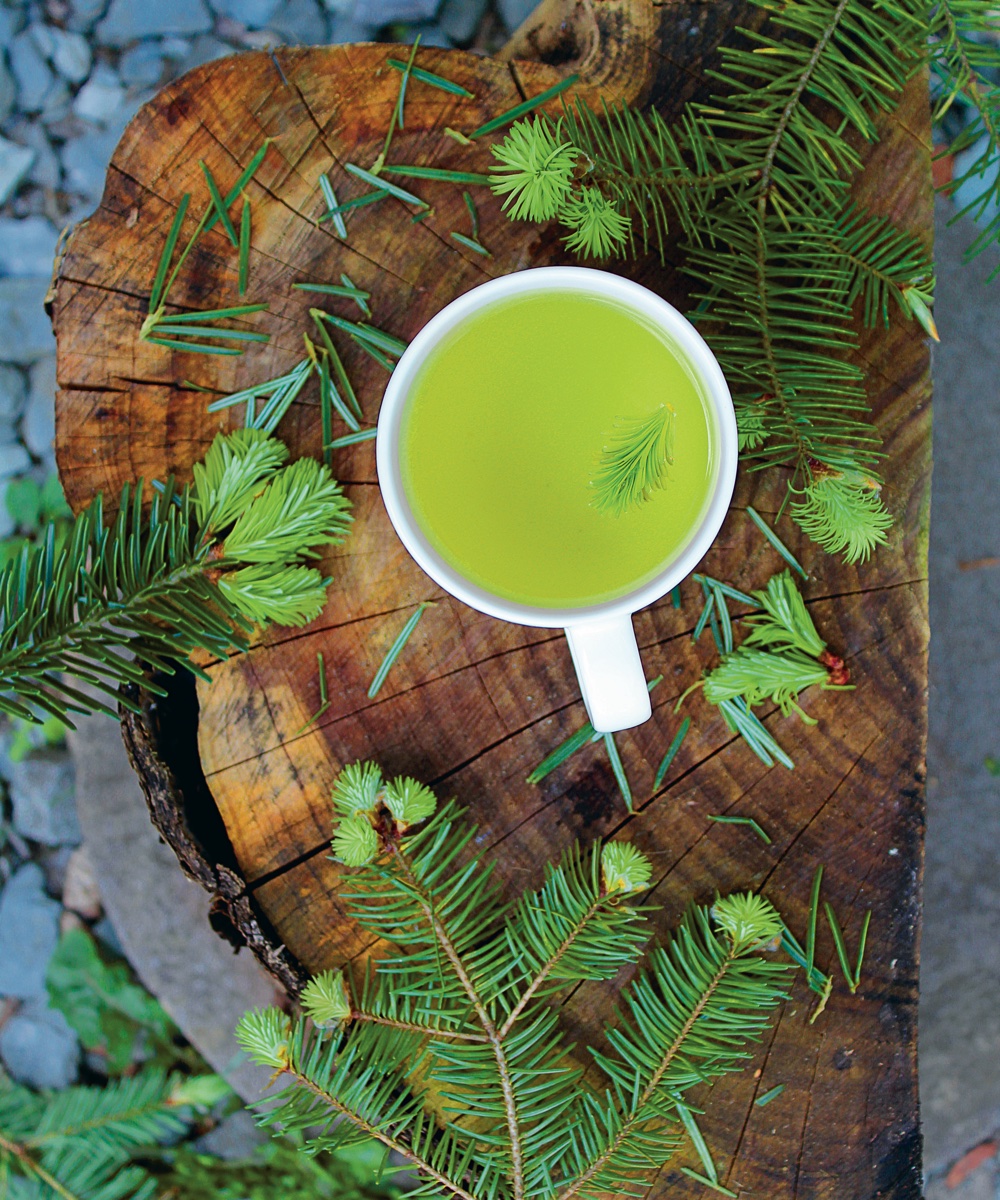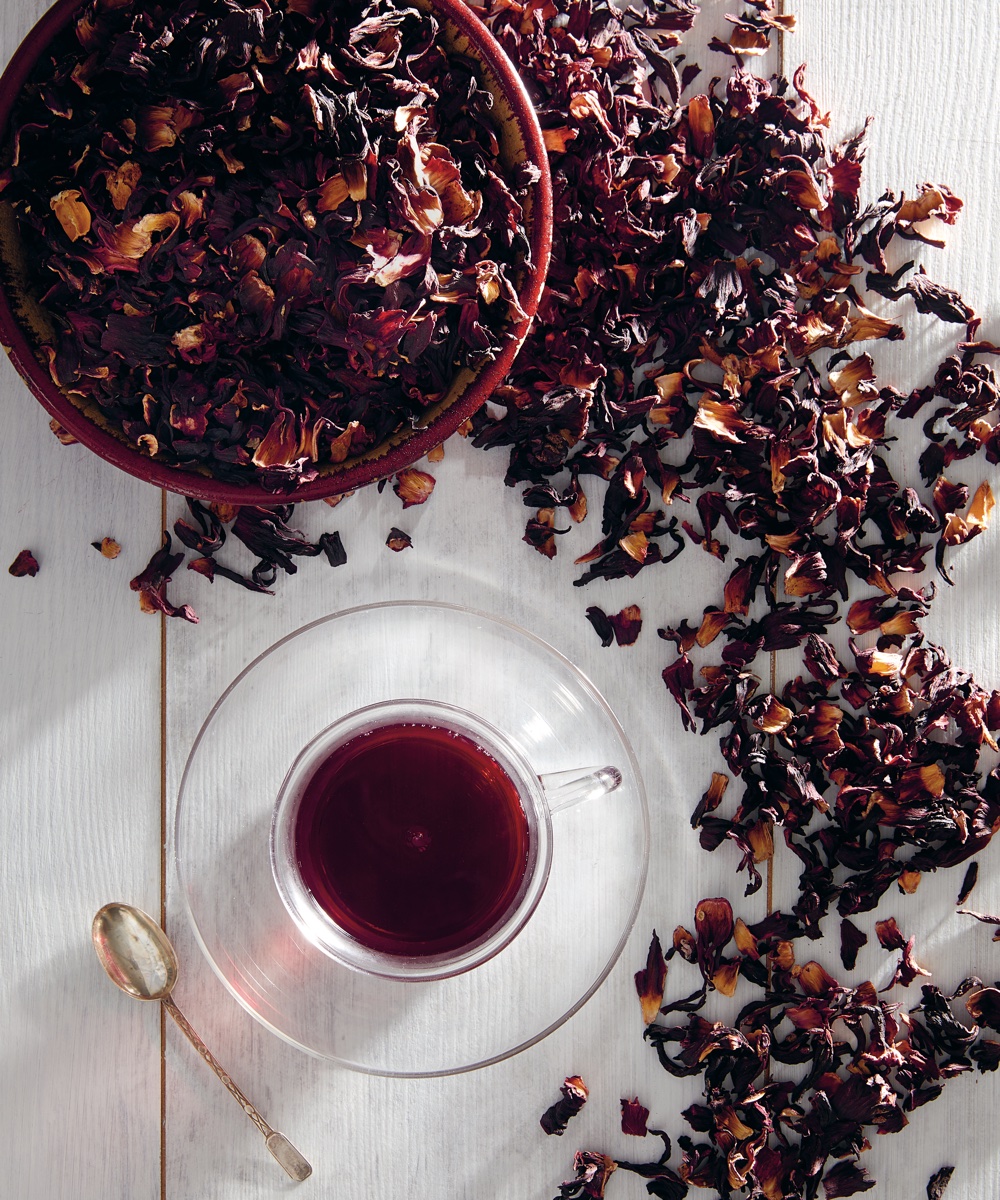How to brew your own tea from homegrown ingredients
Tea has never tasted so good...

Are you a herbal tea fan? Have you ever wondered how to brew your own tea with homegrown ingredients? If so, you're in the right place - and it's a taste sensation as well as being a hugely satisfying process.
While we're spending so much time at home, getting out into the garden is excellent for our wellbeing.
SeeGreen therapy - how gardening can improve your physical and mental wellbeing
What's more, the nation has also discovered the benefits of caffeine-free infusions and sales of herbal and fruit teas are soaring. And while the ever-expanding array of packages lined up on supermarket shelves provides ample flavours for any tea caddy, picking your own homegrown or foraged ingredients can be even more rewarding - now more than ever.
Here Nick Moyle and Rich Hood, also know as the Two Thirsty Gardeners and authors of the new book ‘Wild Tea’, share with us some top tips for anyone wanting to start out on their own wild tea-making adventure, from what to grow and how to blend, to all the lovely health benefits.

How to brew your own tea from home-grown ingredients:
WHAT TEA-MAKING INGREDIENTS CAN I GROW?
The choice of plants available for a homegrown cuppa are probably more varied than you would imagine, but to get you started here are a few basics, divided into three main areas: leaves, flowers and fruits.
LEAVES
Herbal infusions are usually the first tea alternatives that spring to mind, with mint one of the most popular choices. Happily it’s a plant that is easy to grow and provides fresh leaves in abundance.
Design expertise in your inbox – from inspiring decorating ideas and beautiful celebrity homes to practical gardening advice and shopping round-ups.
Lemon-scented herbs also make excellent infusions with the sherbetty notes of Lemon Verbena being our favourite. More surprisingly, rosemary and sage also make tremendous teas as do leaves from raspberry and blackcurrant bushes.
FLOWERS
Chamomile is arguably the most familiar floral tea around and is easy to sow from seed, with the attractive daisy-like flowers of German Chamomile brightening any border or container. Pot Marigold adds a splash of sunshine colour to both garden and cup, while the calming properties of lavender work wonders in a milky brew.

FRUITS
Fragrant rose petals are another excellent ingredient for a floral tea, but you should allow its fruits (rosehips) to develop in order to enjoy their extra-fruity flavours, with the Dog Rose variety having the most generous hips. Dried apple is used to make a tea that’s popular in many countries, including Turkey, while blackcurrant berries make a wonderfully tart infusion.
WHAT TO FORAGE
Foragers need to be cautious about what they’re picking but, thankfully, there are a few plants that are easy to recognise for tea-making purposes. Pick the top few leaves of young nettles for a refreshing tannic tea, or the bright young tips of a spruce tree for a wild, lemony brew.
Limeflowers (from the Linden tree) are also worth sniffing out as they make a wonderfully fragrant tea that is popular in France where it goes by the name Tilleul.

HOW TO BREW
Most ingredients can be brewed fresh by simply putting them in a tea infuser, dropping into your mug or pot, and covering with hot water. Experiment with quantities and brewing times until you get the flavour intensity that suits you best. Most leafy ingredients will appreciate being scrunched up a bit to release their flavoursome oils before the water is added.
DRY INGREDIENTS
If there’s a tea you particularly like and have an abundance of pickings then consider drying larger quantities and storing them in air-tight containers for future usage. Flimsy flowers and foliage can be dried on a hot windowsill, but for thicker leaves and fruits you’re best off investing in a food dehydrator.
BLENDING TEAS
Once you start to learn more about the flavours you like, try blending ingredients together. Combine a few fruits together, perhaps with a slither of ginger to add some punchy spice to proceedings; introduce some lemon to your next cup of mint tea to increase the refreshment factor; or infuse some dried rose petals in a bag of black tea for a take on the popular China Rose tea.

HEALTH BENEFITS
One of the main reasons for popularity of tea alternatives is their supposed health and wellbeing benefits, and while we prefer to focus on flavour it’s true that some teas can help the body and mind (although, as with anything you digest, be careful if you have health conditions or are pregnant, and don’t consume in large quantities). For example, mint is a well known digestive, limeflower is said to provide calm and it is even claimed that rosemary can aid the memory.
Nick Moyle and Richard Hood are authors of the new book Wild Tea published in hardback on 4 June by Eddison Books, £16.99.
See moreHow to grow tomatoes - the best ways to grow tomato plants

Ruth Doherty is an experienced digital writer and editor specializing in interiors, travel and lifestyle. With 20 years of writing for national sites under her belt, she’s worked for the likes of Livingetc.com, Standard, Ideal Home, Stylist and Marie Claire as well as Homes & Gardens.